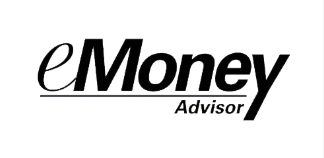Understanding Fiduciary Standards: Investments (Part 3)
December 2016
III. INVESTMENTS
Third in a four-part series

While the process of “investing” your financial assets seems mysterious and fraught with danger, it need not be. Your advisor should explain that there are varying levels of risk and you simply need to make it clear where you are comfortable. The financial team you choose to help manage your investments should be skilled, knowledgeable and patient, and your relationship with them should be marked by open communication.
Your financial advisor, who we discussed in both Part 1 and Part 2 of this series, is paid to do your bidding – and keep you informed. To make sure that you are being well served, consider these points:
• Ask for a written asset allocation plan that seeks the best rate of return for your preferred level of risk, and gives each recommended investment an easy-to-understand numbered category of risk.
• Choose a customized, proprietary-investment portfolio model that minimizes internal costs with low-cost instruments such as individual stocks, ETFs and other effective strategies.
• Make sure that your portfolio is rebalanced several times each year to keep your investments up-to-date and maintain buy targets and sell strategies.
• Constantly monitor your investments against your investment goals to keep you on track. And, communicate with your team monthly so that you always know where you stand.
• Review and monitor your existing annuities and underlying investments to assess that they are the right instruments for your risk tolerance and income goals.
• Use the advisor’s systems to monitor the investments in your 401(k), 403(b) and 457 in a coordinated, disciplined manner that is focused on achieving your goals.
• Go to great lengths to ensure that you are properly diversified: beyond simply checking that you have a variety of mutual funds. Look at the securities contained within each one using sophisticated “X-ray” techniques.
• Use independent research on your holdings and share that research with you.
In Part 4, I will address taxes and communication.




